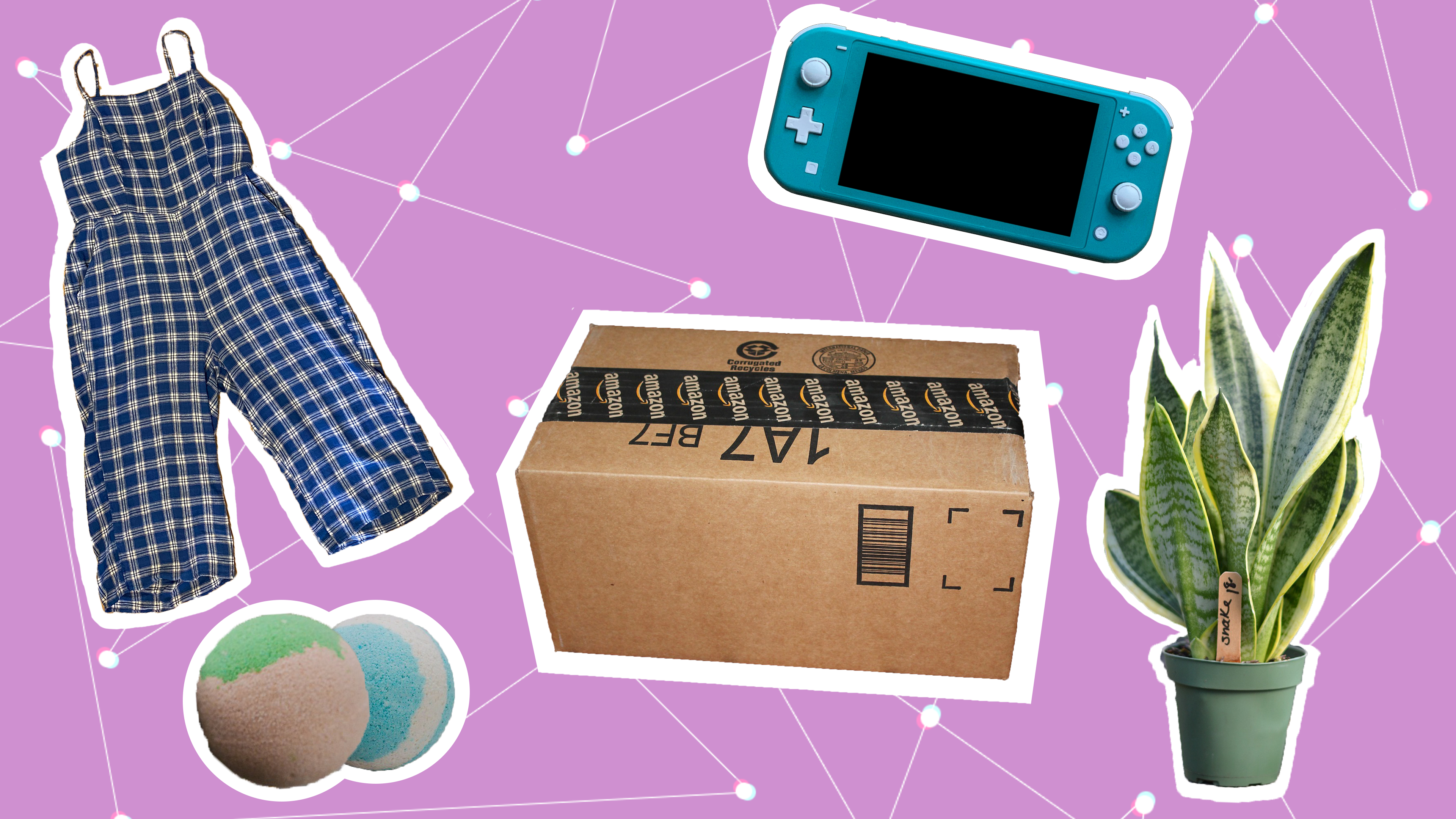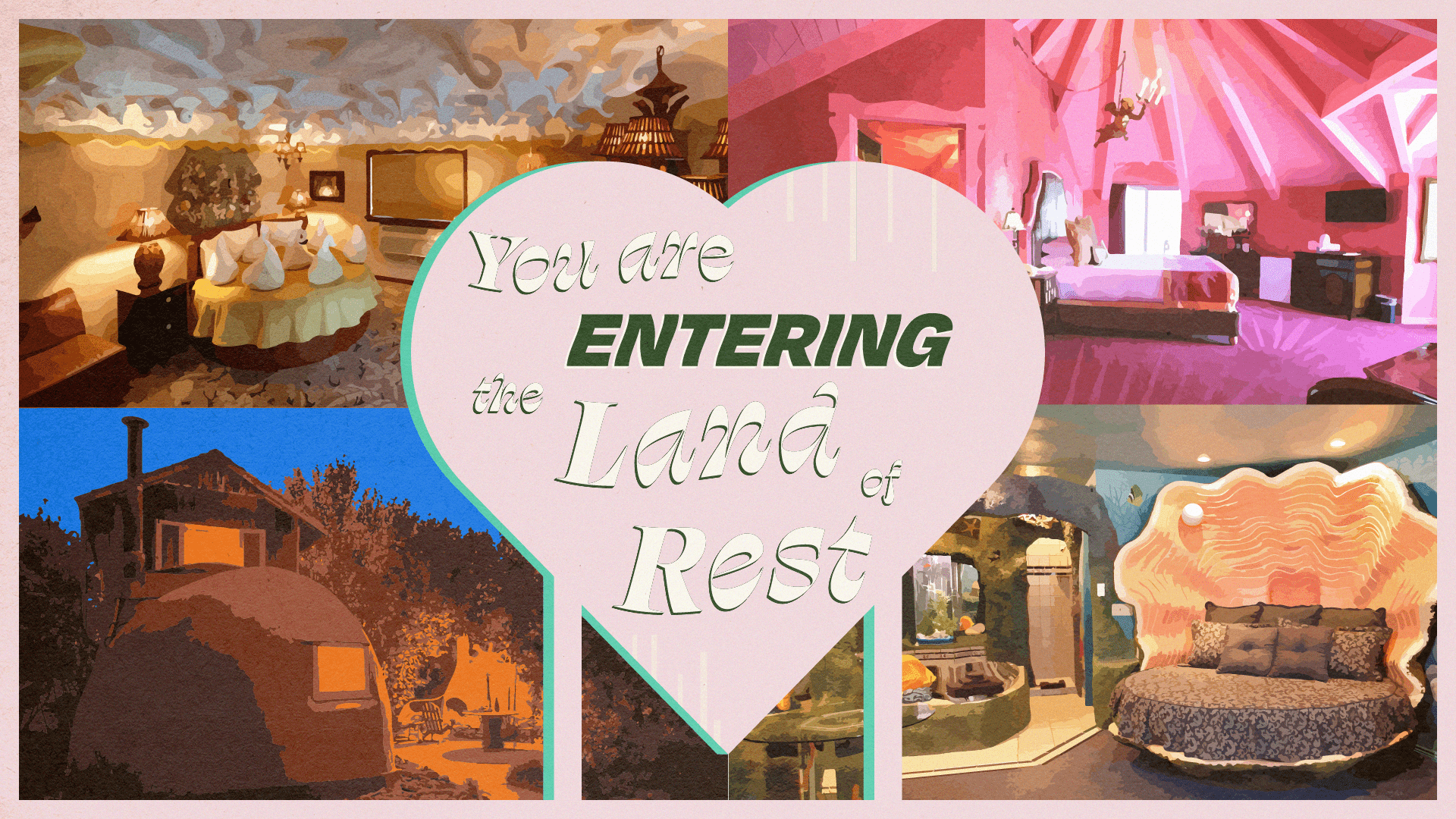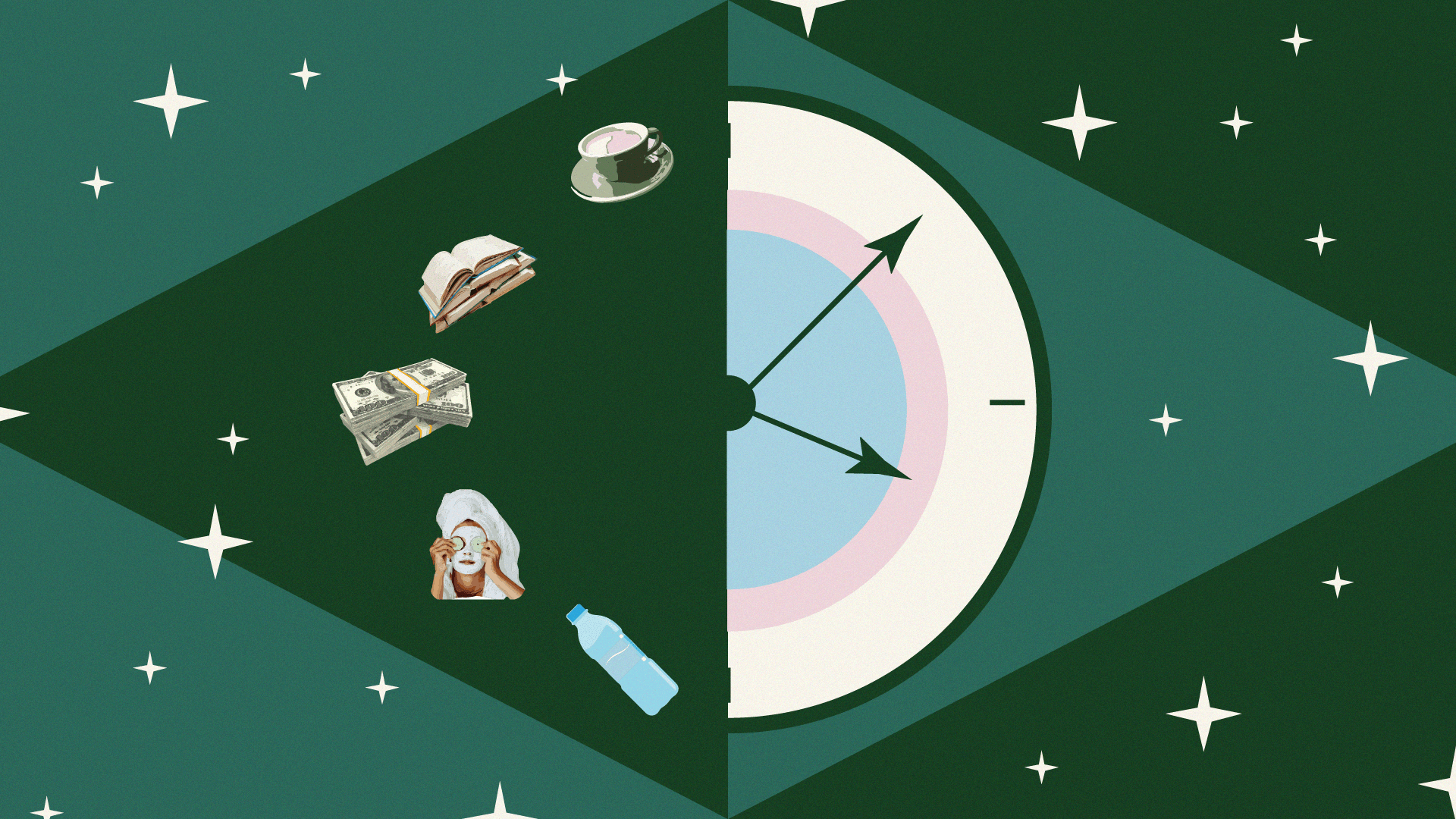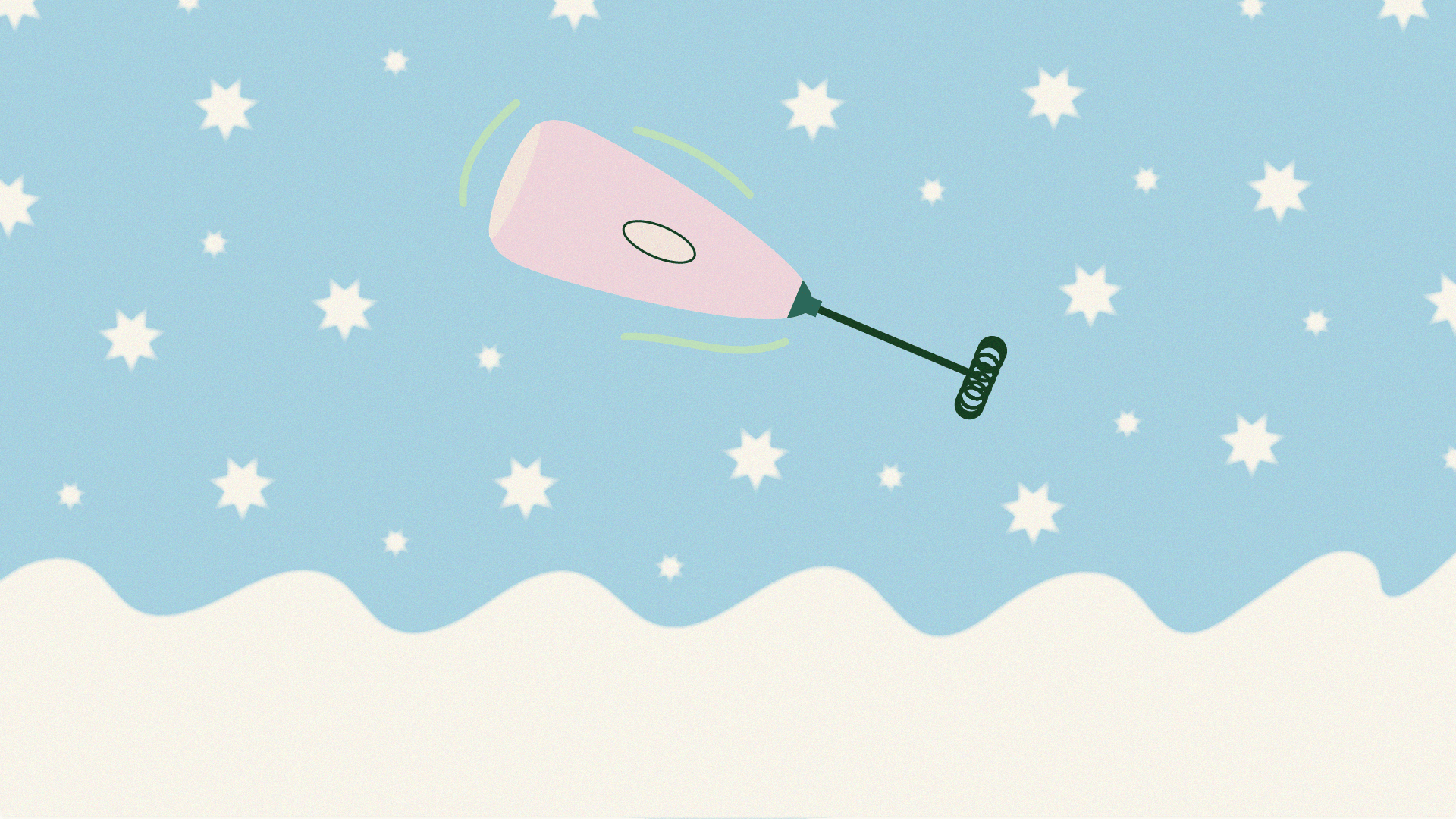
Online Shopping Is Now a Pandemic Pastime
We fill the time by browsing on the internet because we don’t know what to do with ourselves.
I’ll be honest: I was a shopaholic (no, seriously). When I lived in New York City, I would go into the Urban Outfitters’s sale section and scour for the best deals. I would do it when I was bored, needed a new scarf to get me through a chilly winter day, and even when I had breaks in between classes at NYU. Throughout the last nine months, I haven’t necessarily relied on online shopping to get me through the days, but it gave me and many other people something to look forward to in a period when not much was happening in our day to day lives. Almost every other day I would see a tweet like “what are we buying today” or “I’m going to shop because I’m sad.” Although there appears to be a social awakening in the U.S., we still clutch to the perils of what consumerism best provides us: instant gratification.
Financial experts warned consumers of comfort spending at the beginning of the pandemic. Ken Lin, the CEO of Credit Karma, told USA Today back in June that “stress spending gives a sense of control, a valuable feeling during an out-of-control experience like a pandemic.” Now that people are spending less and less time and money on entertainment and meals at restaurants, they have created more space in their budgets for comfort spending. The University of Chicago found that spending declined steeply for low and high earners alike at the beginning of the pandemic. While the lower class struggled and the higher class thrived financially, the middle class, living up to its name, found itself somewhere in the middle with some of its members struggling to find work and others continuing to fuel the U.S. economy like nothing changed.
In that middle, you’ll find two types of capitalistic fools: those who go out to stores to feel something and those who shop online to feel something. The only difference is the consumer’s level of comfort during a national pandemic. The American middle class has been conditioned to rely on the capitalistic system to fuel our lives and our happiness. They’re the main target of big corporations’ ads because they still remain America’s biggest financial demographic. As there’s been less to do and spend our money on, we continue to shop because that’s all we know. And now, shoppers can do that from the comfort of their home.
It doesn’t help that social media platforms are now evolving into online shopping centers. Instagram notably added a more elaborate shopping feature to the app in June of this year. Facebook Marketplace is cluttered with ads. This year, TikTok remained at the center for the latest trends.
I’ll never forget the Strawberry Dress trend. Thousands of people on Twitter and TikTok alike became obsessed with handmade Lirika Matoshi’s $490 Strawberry Dress in August of 2020. The ethereal, sparkly number allowed people to live out their fantasy of feeling fabulous — feeling like they had somewhere to go, feeling special, feeling magnificent, and feeling like they were a part of this majestic, lush planet when people spent most of their time indoors. The strawberry dress trend somewhat fed into or was in conversation with the cottagecore trend. The two aesthetics afforded a form of escapism that only money could buy — with frilly dresses and gorgeous bouquets. You could live out your whimsical fairytale with only a click of a button, while the country around you crumbled.
There’s no judgment here, I’m just as guilty. I’ve sought relief in purchasing video games, funky dresses, too many types of bath soaks, and even a new TV. Before the pandemic, I thought baths were gross, rarely played video games, and was firmly against having a TV in my bedroom. I’ve now created space to both entertain myself and stay relaxed.
Unfortunately, not everyone has the means to invest in their space or live out new fantasies. Now, people, especially younger consumers, are turning to interest-free lenders like Klarna and Afterpay to afford purchases from major retailers. I myself used PayPal’s new “Pay in 4” payment plan to purchase the fancy, famous moth dress from Fashion Brand Company and my new TV from Best Buy. There was a certain type of thrill in being able to find and purchase quality goods I typically would not purchase otherwise. When the items arrived, I felt a certain type of ecstasy, like I was living someone else’s life (it’s dumb, I know). But once I received a text message about my first payment going through, I got major anxiety.
Other consumers recognize the thrill of the chase — adding items to their online cart and then eventually abandoning them. This peculiar form of online browsing saves consumers from overspending and costs e-commerce brands billions. Bettina Makalintal reported on the cart abandonment phenomenon for Vice. For the story, Makalintal spoke with master cart abandoner Cole Huling, an artistic director for an entertainment company in Colorado. Huling divulged how her online browsing increased during the pandemic, explaining, “The beauty of fantasy shopping is imagining a different world than the one I’m currently living in,” adding, “that perfect travel pillow, that perfect travel dress — it’s a way of replacing the void left by canceled plans and endless uncertainty.”
American culture is so intertwined with material culture that we fantasize about things — how our lives will be easier, more luxurious, and beautiful if we can afford something. While the pandemic forced many to reconcile their values and needs, it has pushed us further into this consumerist cycle of browsing, purchasing, and receiving to the point where it’s become an accessible form of entertainment. We fill the time by browsing on the internet because we don’t know what to do with ourselves. We further this fantasy in our subconscious that something shiny and new means it’ll afford us something new in our lives. We can warp ourselves into thinking a purchase will allow us to feel something — it’s a rush, even if the rush is all the same. Lighting a new candle, trying out a new hobby, or sporting your new dress to go nowhere can fill this precarious, devious void that the pandemic continues to widen and darken. We con ourselves into believing we can create memories with purchases, and that sometimes we can make up for lost time with them too.


